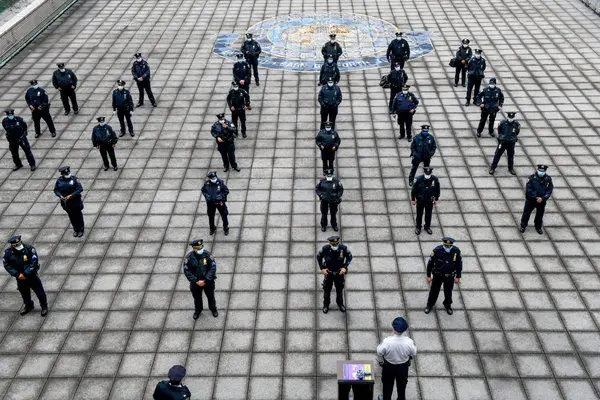For that to work, all tags have to be in receive mode all the time they aren’t transmitting. That’s the only way, using only UWB, they can find out about neighbors they need to range to.
That means battery life is very poor. It takes about two AA alkaline cells to run 15 hours for a DW1000. An 18650 LiIon cell could run 24 hours.
In other words, if you have a big battery you are willing to recharge every day, you can solve this problem with UWB.
Dozens of companies claim they have this solved, the no infrastructure UWB social distancing application. I’ve yet to see one that actually works. This is one of those use cases which has a huge gap between the seemingly simple task it is and the actual complexity that underlies it to make a truly workable system.
BLE doesn’t work for this application. Far too many false results, both positive and negative. Everybody will try to use BLE due to the low cost, long battery life, and that it is built in to your phone (there are already BLE tracking apps, of course). Using BLE for this is like trying to make a car navigator that uses LORAN.
There are 3 fundamental challenges with the UWB social distancing tracking app: battery life, scalability, and body occlusion.
I’ve already touched on the battery life issue. UWB is energy expensive in receive mode and without any infrastructure to synchronize things, you have to do that to hear other tags. One treatment is a large battery and recharge every day as I said above. Another possible treatment is to use BLE as a first contact tactic and then use UWB after the BLE contact is made. This requires some clever protocol development and has substantial complexities not obvious at the start.
Scalability comes from the fact that the possible distance relationships go up by the square of tags in an area. 10 tags is trivial, 100 tags is impossible. The system will have to down select which tags to range to and that becomes a tricky problem without knowing how far away they are. So this will cause false negatives (tags that are close but aren’t ranged to). The users will simply have to accept that the system will be unreliable under conditions of large numbers of people nearby, exactly when you want it to be more reliable. Tuning the algorithm for who to range to will not be easy or trivial, set too low, many false negatives, set too high, air time is overloaded and the system falls down.
Body occlusion comes from where the tag is worn on the body. In most cases, products are focused on some sort of lanyard style tag where the body basically blocks half the directions around you. This will cases false negatives as someone can be close but their tag registers far away due to multipath around the body. If the tag can be mounted on the shoulder or, best yet, top of a head or hard hat, then it works very well. That does not describe most use cases, however.
Spend some time with Google and you can find numerous companies claiming to have UWB based social distancing equipment. They are mostly vaporware, but those who aren’t will all demo well in small settings for short periods of time. You need to find a customer using it at the scale you intend to use it to be sure it will work for you. If you find such a solution, please tell us so I can direct everybody asking for this to somebody who has done it.
Mike Ciholas, President, Ciholas, Inc
3700 Bell Road, Newburgh, IN 47630 USA
mikec@ciholas.com
+1 812 962 9408
